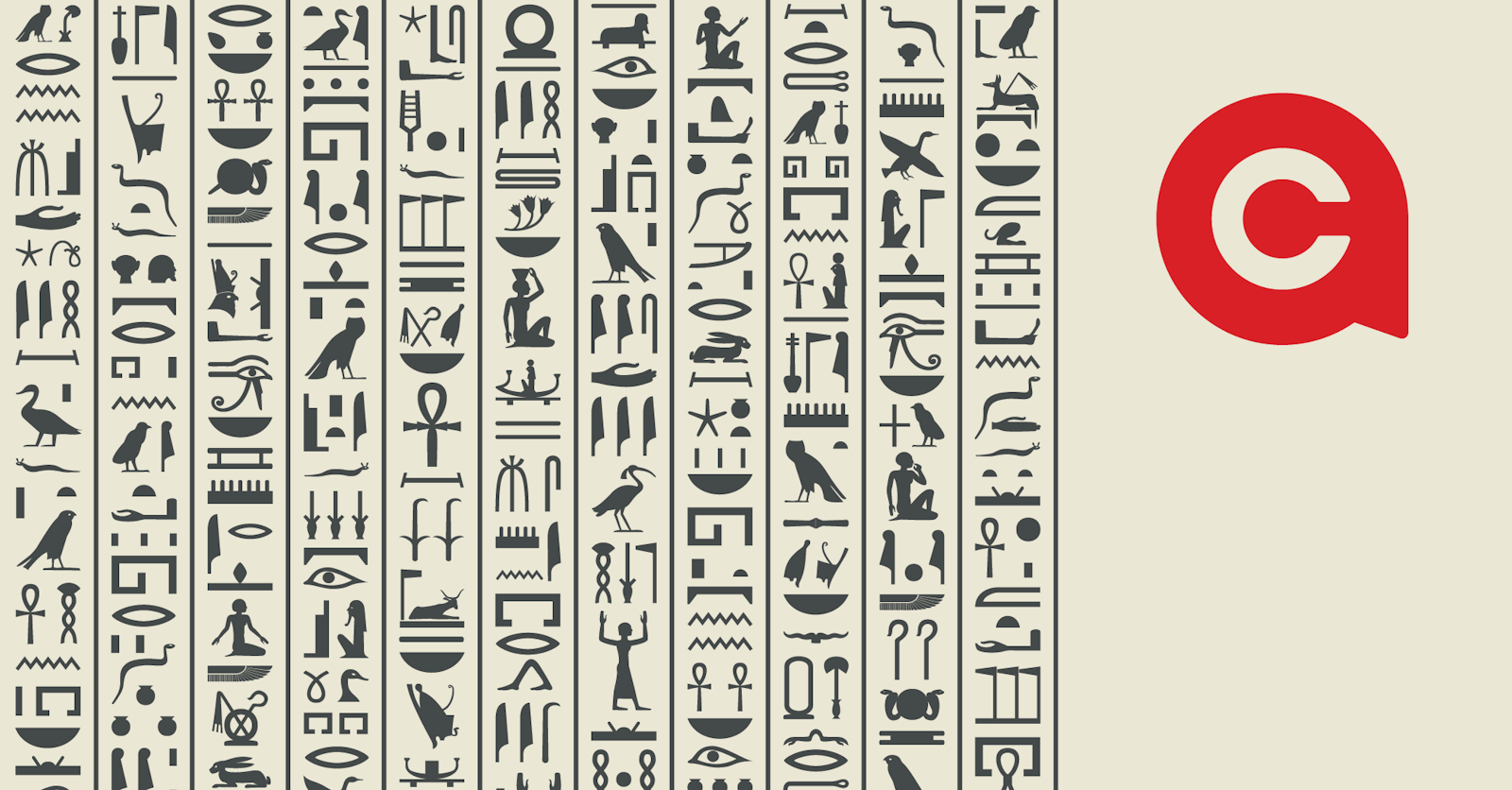How is Your Brand Aging?

Repositioning, new opportunities and the age of your symbolism.
What is old is new again, but not right away.
Almost every marketplace is changing at an increasing pace. These changes have been further accelerated by our social upheaval, the virus of 2020 and our entrance into the roaring ‘20s. Yet, industries, marketplaces and categories all change at a different pace, medical device products don't move at the speed of retail, thankfully. As human beings we intuitively pick up on this pace of change from the symbolism a brand presents to the marketplace.
In the past it might have been an annualized ad campaign to signal the next season and “what’s new” from a brand in the marketplace. Today, a brand can make a minor shift in social media messaging all the way to a new brand name to symbolize the changes made to stay on pace with the industry, category or marketplace. The options have become abundant, and exponentially more challenging to manage.
Keeping a brand fresh and relevant isn’t just about the right hashtag, celebrity news or cultural story to prompt a point of view from the brand. Sometimes it requires a fundamental change in symbolism.
Thrivent Financial was a great example of this type of change. Remember back when the 2008 financial crisis was a present reality and trust in financial institutions hit a new 52 week low? This was a time when a brand built on the foundation of a Lutheran brotherhood and guided by faith and finances could be relevant.
We can attest to how relevant the symbolism was from this brand change, moving from an infinity ribbon to a faith focused heart and cross. We were there in the room listening to the anger, distrust and frustration people had with financial institutions.
Research was conducted across the country and again tested with logo marks as symbols of this financial institution with values greater than just the mighty dollar. The result was a redesign effort that changed the largest symbol used to represent this brand across all the mediums, channels and product offerings.
The old design wasn’t bad, it was just old, relative to the marketplace. It was both an offensive move to emphasize the symbolism already present in the brand and defensive adaptation to signal the changes as they dropped the “for Lutherans” from their name.
The result was a resounding success in the sales channel, with clients and throughout the organization. Symbolism carries meaning and delivers the message intended, this was a brand guided by more than just financial gain, but also by a higher moral code.
It might require some research to identify the weaknesses and where you could make improvements, finding new opportunities to signal positive change.
If your symbolism has not kept up with the changes in your marketplace, we’re here for a conversation.


